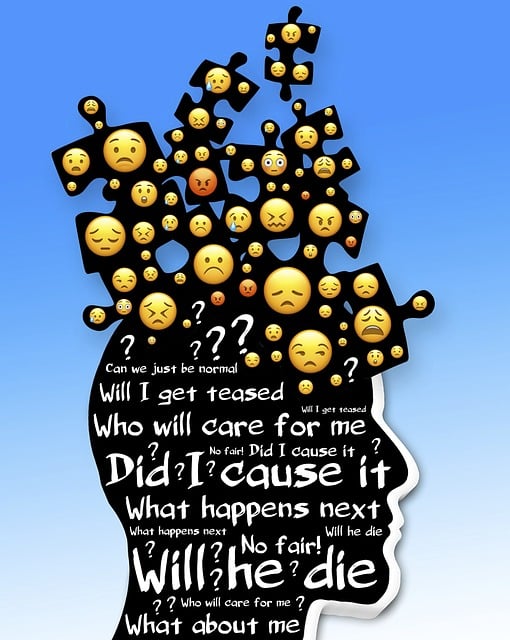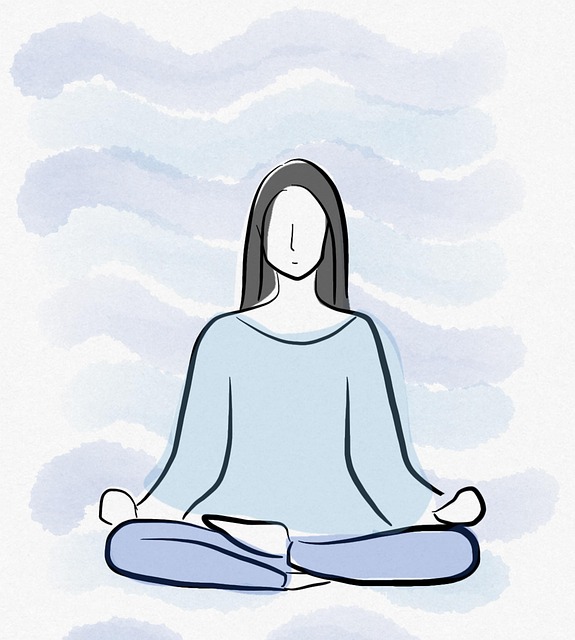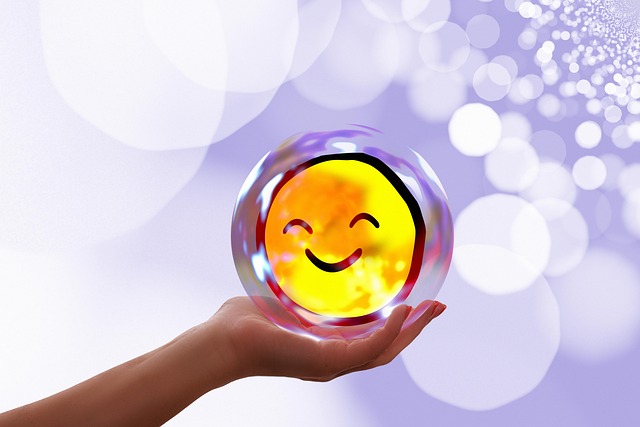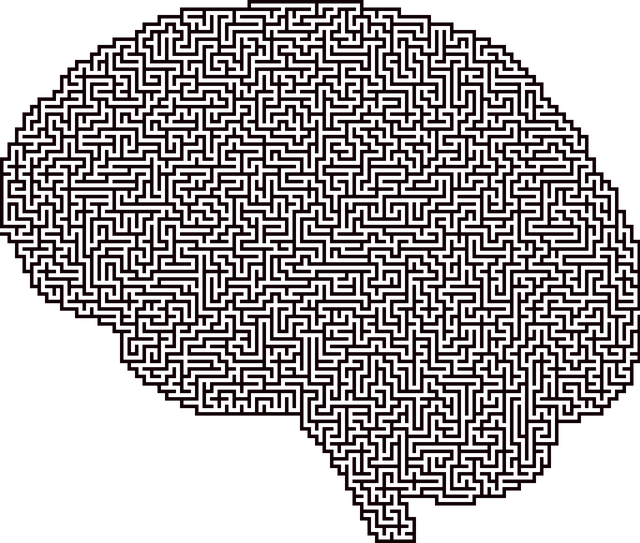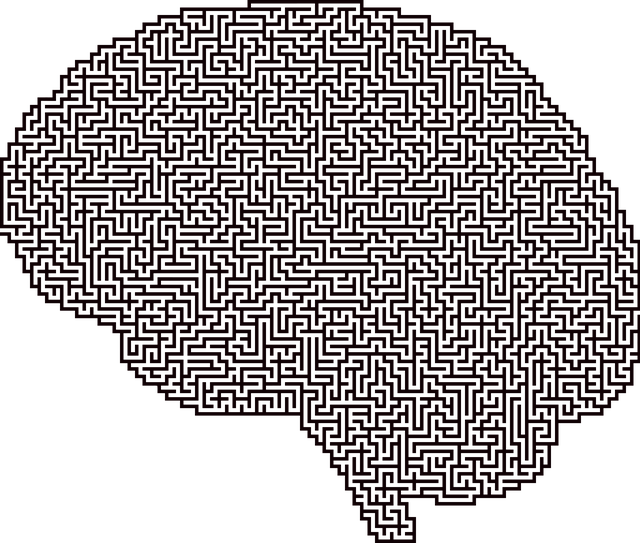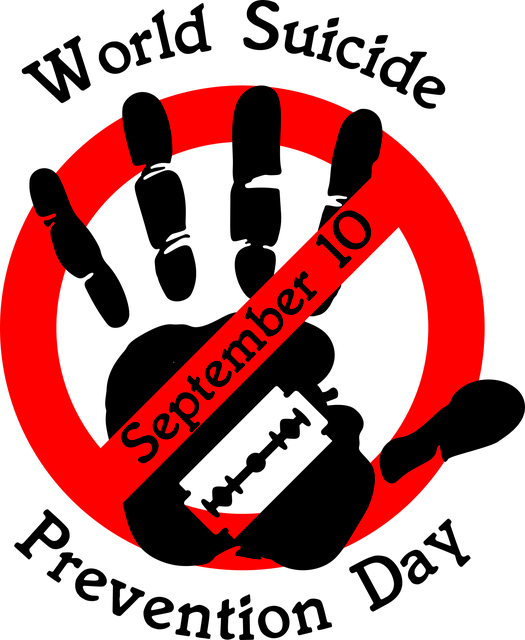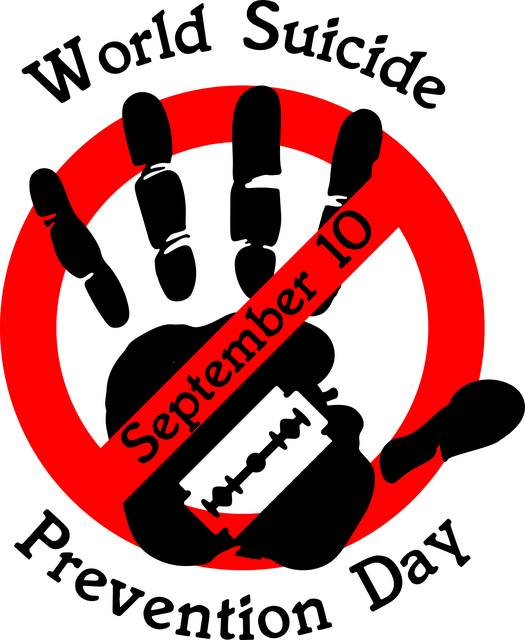Mental wellness groups for teens, facilitated by EMDR-certified professionals, offer a supportive environment addressing adolescent challenges like stress, anxiety, depression, and trauma. Using evidence-based techniques like Eye Movement Desensitization and Reprocessing (EMDR), these facilitators help teens process traumatic memories and develop healthier coping mechanisms. Group settings foster open communication, a sense of belonging, and emotional well-being, empowering teens with skills to navigate life's challenges effectively. Therapy for adolescent teens EMDR certified has proven successful in group facilitation, creating a safe space for collective healing and mental wellness.
Mental wellness group facilitation plays a pivotal role in supporting teen emotional growth. This article explores effective strategies, particularly focusing on EMDR (Eye Movement Desensitization and Reprocessing) therapy, a powerful tool proven beneficial in group settings for adolescent mental health. We delve into key techniques for certified facilitators to engage teens, fostering safe spaces for healing and personal development. By understanding these methods, professionals can enhance the impact of group sessions tailored to this demographic.
- Understanding Mental Wellness Group Facilitation for Teens
- EMDR Therapy: A Powerful Tool in Group Settings
- Effective Techniques for Facilitating Adolescent Group Sessions
Understanding Mental Wellness Group Facilitation for Teens

Understanding Mental Wellness Group Facilitation for Teens is a specialized approach to supporting young individuals through collaborative and group-based therapy sessions. In today’s fast-paced world, many adolescent teens face challenges related to stress, anxiety, depression, and trauma, making EMDR Certified facilitators invaluable resources. These professionals employ evidence-based techniques like Eye Movement Desensitization and Reprocessing (EMDR) to help teens process traumatic memories and develop healthier coping mechanisms.
Group facilitation offers a unique environment where teens can build resilience through peer support and shared experiences. Unlike individual therapy, group settings encourage open communication, foster a sense of belonging, and promote emotional well-being. By integrating Burnout Prevention Strategies for Healthcare Providers and leveraging Mental Wellness Podcast Series Production techniques, facilitators create a safe space for teens to explore their mental health concerns collectively. This approach not only enhances the therapeutic experience but also empowers teens with skills to navigate life’s challenges effectively.
EMDR Therapy: A Powerful Tool in Group Settings

EMDR Therapy, short for Eye Movement Desensitization and Reprocessing, has emerged as a powerful tool in group facilitation, particularly within mental health support groups tailored for adolescent teens. This evidence-based approach helps individuals process traumatic memories and associated emotions by stimulating bilateral brain activity through eye movements, tapping, or auditory tones during therapy sessions. In a group setting, EMDR can foster collective healing by creating a safe and supportive environment where participants witness each other’s progress, promoting understanding and reducing stigma around mental health struggles.
For facilitators designing Mental Health Education Programs or contributing to Public Awareness Campaigns Development, integrating EMDR techniques into group activities offers unique benefits. It facilitates open dialogue, encourages peer support, and empowers teens with effective coping mechanisms. The group dynamic amplifies the positive impact, as collective energy and shared experiences enhance mental wellness, ultimately paving the way for a more resilient and supportive community.
Effective Techniques for Facilitating Adolescent Group Sessions

Effective Techniques for Facilitating Adolescent Group Sessions
Facilitating group sessions for adolescent teens requires a blend of empathy, structure, and specialized techniques. One powerful approach is incorporating Self-Awareness Exercises tailored for their age group, which can help them explore emotions, thoughts, and behaviors in a safe, supportive environment. These exercises should be engaging and interactive, using creative methods like role-playing, art therapy, or guided meditation to foster mental wellness. For instance, EMDR (Eye Movement Desensitization and Reprocessing) Certified facilitators can guide teens through this evidence-based therapy, helping them process traumatic memories and reduce emotional distress.
Risk assessment is crucial for Mental Wellness group sessions involving adolescents. Before beginning, conduct a thorough Risk Assessment for Mental Health Professionals to identify potential risks, such as self-harm or intergroup conflicts. This proactive measure ensures that facilitators are prepared with strategies to manage these risks effectively, creating a secure space where teens feel comfortable opening up and engaging in therapeutic activities.
Mental wellness group facilitation plays a pivotal role in supporting adolescent teens, and techniques like EMDR therapy have proven to be game-changers. By employing effective strategies, certified facilitators can create safe spaces where teens can process trauma, build resilience, and foster social connections. With dedicated support, these groups empower young individuals to navigate their mental health journeys with increased confidence and hope, ultimately enhancing their overall well-being. For parents and caregivers seeking therapy for adolescent teens, finding EMDR-certified professionals is a crucial step towards fostering healthier minds and brighter futures.

